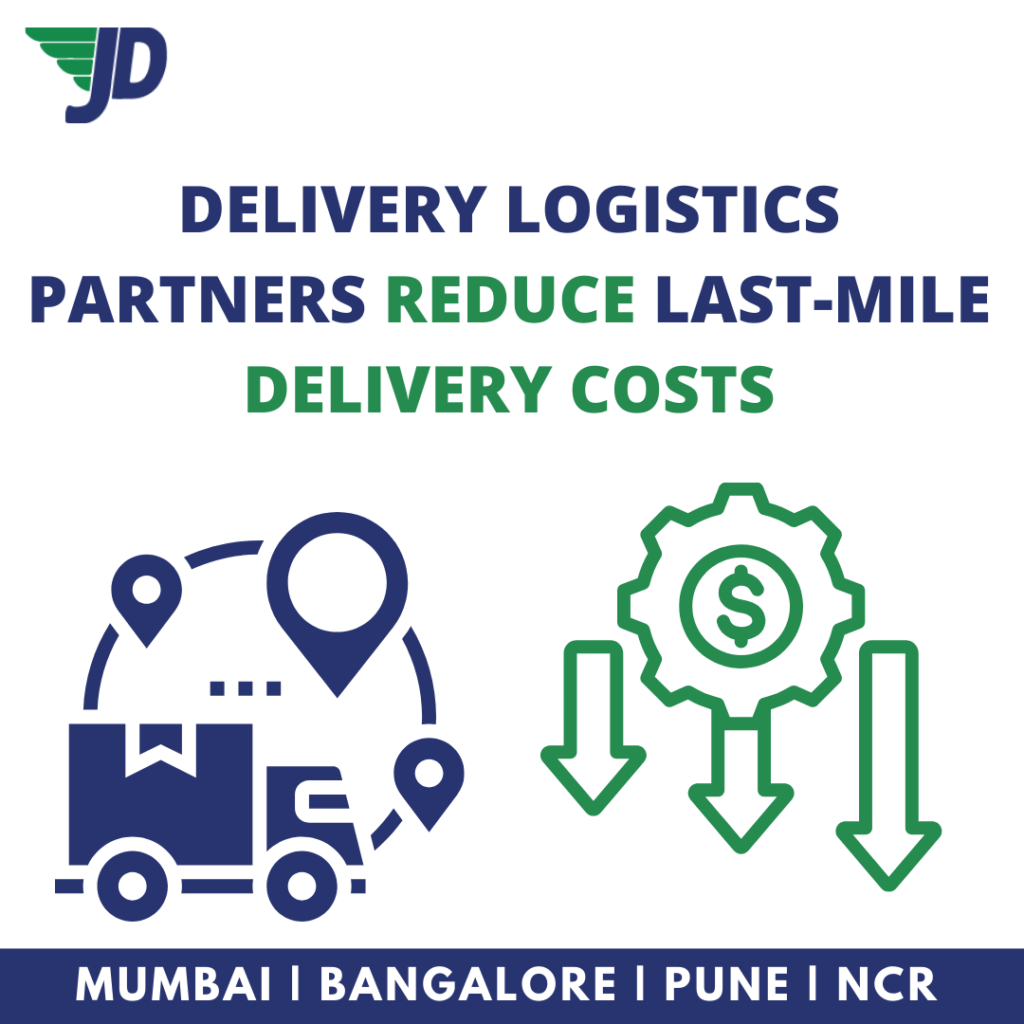Last-mile delivery tracking is essential for efficient delivery and ensuring customer satisfaction. Having a reliable tracking system can be beneficial for both the customer and the supplier. Last-mile delivery tracking informs both parties where the shipment is and when they can expect delivery. Customers expecting a delivery can plan accordingly. Meanwhile, suppliers can gather valuable information to optimise the processes.
In this blog, we will explain to you what last-mile delivery tracking is, what features your tracking system should have, how it can benefit your business, and the potential challenges you may face.
A] What Is Last-Mile Delivery Tracking?
Last-mile logistics tracking involves tracking a shipment as it is moved using different types of transportation just as it is about to be delivered to the final destination. This enables customers to accurately track the location of their orders before receiving them. Customers get to know where their package is, what time it will be delivered, and if there are any delays. The tracking process is the same as usual; however, goods are tracked more frequently.
Looking for B2B Last-Mile Delivery Services?
Partner with Us for Seamless B2B Last-Mile Delivery from Warehouse to Retailer
B] Key Features of Effective Last-Mile Delivery Tracking Systems
- Real-Time GPS Tracking: Last-mile delivery needs to accurately update the delivery recipient and the supplier about the shipment. Real-time delivery tracking enables this through precise location updates and live maps. It can also help to calculate estimated arrival times, leading to enhanced transparency, customer satisfaction, and operational efficiency.
- Automated Notifications: Customers like to be notified about their shipment and have come to expect it as the industry standard. Last-mile logistics tracking often includes automated notifications sent to the recipient and the supplier. These notifications inform the receiver when goods are dispatched from the distribution centre and when the shipment is expected to arrive.
- Fleet Management Tools: Last-mile delivery drivers have access to a variety of tools for route optimisation, efficient communication, and temperature-compliance tracking in the case of cold chain logistics. While these tools stay available for the entire duration of the transit, they become necessary at the last mile.
- Contact Information of Delivery Agent: During the last-mile delivery, the name and contact number will be provided to the recipient. This is done to improve communication and make the process more efficient and transparent. Recipients are given the option to directly contact the delivery personnel in case of a delay or to provide specific information about the delivery.
- Proof of Delivery (POD): Proof of delivery has been an essential part of the last-mile delivery process. Modern last-mile delivery logistics utilise electronic proof of delivery. It is the final step of the delivery process, which commences once the supplier is ensured that the goods are delivered to the right person at the right destination.
C] Benefits of Last Mile Delivery Tracking
1. Enhanced Customer Satisfaction
With effective last-mile logistics, recipients are able to track their shipments in real-time. It informs the customers about expected delivery time and potential delays, which improves transparency. This helps to build trust in the brand and improve customer satisfaction. The transparency that delivery tracking provides also helps to reduce customer anxiety in new customers.
2. Minimised Downtime
Various issues that may occur during the last mile can significantly hamper the business through spoiled goods, delayed delivery, and damaged reputation. Efficient tracking systems can help monitor the goods at every step of the process, identifying potential problems. With last-mile tracking, companies can reduce downtime and improve efficiency and profitability.
3. Real-Time Monitoring
Real-time monitoring can help to alleviate security and safety concerns during the transit. Modern monitoring sensors can be placed inside vehicles to track the perishable and temperature-sensitive goods transported using refrigerated trucks. It can also notify the suppliers of changes in route-enhancing security.
4. Competitive Advantage
In the competitive business environment of today, customers have come to expect the best service quality as the industry standard. Providing anything less can push customers away towards competitors. Last-mile delivery tracking gives customers more control over their orders and makes the process more transparent. This helps businesses to earn customer loyalty and gain repeat customers.
D] Challenges in Implementing Last-Mile Delivery Tracking
- Limited visibility: Even with all the technology and sensors built into the system, accurately monitoring the on-ground conditions can be difficult. Drivers may need to halt due to weather conditions, which may not have been taken into consideration.
- Technical issues: Technical issues like network and server connectivity problems are always unpredicted. These issues can prevent customers and suppliers from getting accurate data about the shipment.
- Communication Problems: Communication is one of the biggest last-mile delivery challenges. Inefficient communication between the dispatcher and the delivery personnel can lead to false data and delayed updates.
- Cost of Infrastructure: Implementing the infrastructure necessary for last-mile delivery tracking is expensive. Smaller businesses often do not have the financial resources to invest in this infrastructure.
- Routing Error: Even after careful consideration, mistakes can happen during route planning. This can increase delivery time and may even lead to miscommunication.
- Road Conditions: The delivery tracking systems may not factor in road conditions and traffic while estimating delivery time.
- Technology Integration: Integrating the tracking and monitoring technology may not be an easy task, especially for small and medium-sized companies. Finding alternative solutions is necessary for staying competitive.
- Customer expectations: Customers have come to expect accurate and frequent updates about their shipment as industry standard. Not standing up to it may result in dissatisfied customers.
Need Efficient Last-Mile Delivery Solutions for Your E-Commerce Business?
Connect with us for seamless, fast, and cost-effective last-mile solutions
Conclusion
Last-mile delivery tracking is a crucial aspect of modern logistics. It can improve your business processes by enhancing customer satisfaction, improving transparency, and giving you a competitive edge. Last-mile delivery tracking consists of real-time tracking, notifications about the shipment, providing details about the delivery personnel to the receiver and most importantly proof of delivery.
If you are looking for a reliable last-mile delivery partner providing efficient and accurate tracking, get in touch with us today! JustDeliveries is India’s most reliable last-mile delivery partner, specialising in cold chain logistics.

Mansi Mahansaria
I’m Mansi Mahansaria, CEO and Founder of JustDeliveries, a B2B logistics company specializing in the food and beverage sector. With a background in Chemical Technology (ICT Mumbai), an MBA (FMS Delhi), and experience at IDFC Private Equity and Tata Group, I’ve built a plug-and-play logistics network helping F&B brands scale efficiently. I also share insights on entrepreneurship and logistics at industry and academic events.






Pingback: How to Overcome the Common Challenges in Food Delivery Logistics? - justdeliveries.co.in
Pingback: How To Master The Retail Delivery Process? - justdeliveries.co.in
Pingback: How to Optimise Last-Mile Logistics by Addressing Vehicle Idling
very informative article, Thank you!
GTU
GTU
.Thanks for sharing the info, keep up the good work going…. I really enjoyed exploring